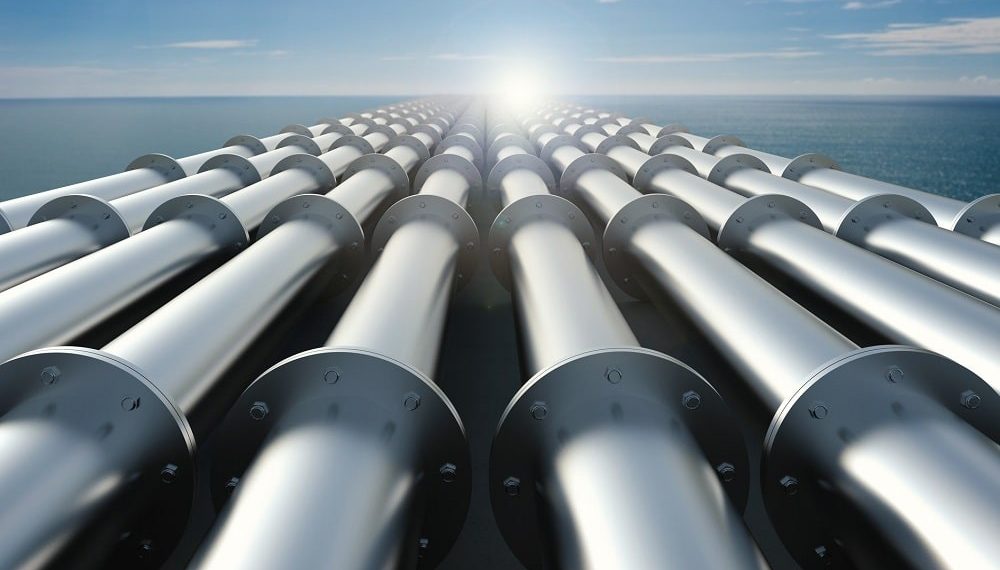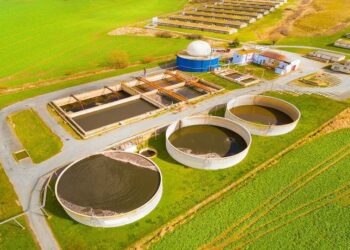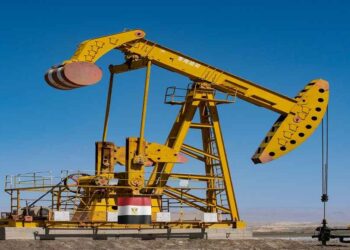Infrastructure assets have remained relatively immune to the negative sentiment from investors towards fossil fuels—good news for IOCs looking to sell off non-core pipelines, processing plants and storage tanks to generate cash. But this immunity may be waning. Investors like the steady source of revenue from these assets, which help to diversify their investment portfolios and can provide some protection from low oil prices.
Private equity houses and infrastructure funds have invested significant capital in oil and gas infrastructure in recent years, attracted by a steady source of revenue that can diversify riskier or more price-sensitive portfolios. Larger pension funds and sovereign wealth funds (SWFs)—which often team up with other investors to directly invest billions of pounds into a particular asset—have increased their direct allocations to private assets, including gas pipeline infrastructure. Many smaller pension funds allocate to the asset class indirectly through private equity or infrastructure funds.
“With oil and gas infrastructure assets, there is low operational expense for investors compared to greenfield or brownfield infrastructure, and no initial money cost beyond the investment for some assets,” says Justin Beardon, vice-president for investor research at Preqin, a data firm. “In addition, the gearing of some assets, particularly pipelines and other energy infrastructure distribution assets, is very attractive. Many assets have stable, long-term cashflows, and, prior to the past few months, they were deemed to have a growing or at least very stable demand over a long period.”
Done deals
This year, Canadian midstreamer TC Energy sold its stake in the Coastal GasLink pipeline to Canadian and South Korean public pension funds, while Abu Dhabi’s Adnoc sold a half-share in its gas pipelines to a consortium of investors including private equity houses Global Infrastructure Partners and Brookfield as well as the Ontario Teachers’ Pension Plan and Singapore’s sovereign fund.
“With oil and gas infrastructure assets, there is low operational expense for investors compared to greenfield or brownfield infrastructure” Beardon, Preqin
Shell’s 26.5pc stake in gas assets for Australia’s QCLNG project is the latest prize up for grabs, catching the attention of some of the world’s biggest infrastructure investors.
Midstream assets, given their reduced commodity price sensitivity, are traditionally less affected by price moves than other parts of the value chain. But midstream US shale assets have been severely impacted due to the challenging conditions that have and could further impact production, according to Anish Butani, senior director for infrastructure at investment consultancy Bfinance. “The drop in commodity prices has affected the performance of North American investors who have been very focused on this sector. The European and North Sea markets are usually less volatile in terms of production and extraction of oil and gas.”
Contract is king
Investors prefer assets that have contracts guaranteeing payment for the right to use them. For example, the Adnoc deal involved 20-year contracts on 38 pipelines.
“More often than not, midstream pipelines assets are backed by very strong contracts with very strong counterparties (usually a government), ensuring that the owner continues to get paid irrespective of broader demand and movement in commodity prices. These will continue to perform well and generate interest and appetite. The other area of interest is bulk storage of liquids, which typically involve petrochemicals,” says Butani.
“It is a buyer’s market because a lot of majors or midstream companies are selling assets,” says David Grumhaus, co-chief investment officer (CIO) at investment adviser Duff & Phelps Investment Management. “But there is still a real opportunity to transact.
“There is good appetite when assets are put up for sale, particularly pipelines that are in demand and not easily replicated, for example in Europe and most parts of the US where it is getting difficult to build large pipelines and infrastructure assets. Investors will want to avoid pipelines where there is too much overcapacity—for example in Texas where it’s still fairly easy to build new oil pipelines.”
There may be some pullback from institutional investors investing directly, argues Preqin’s Beardon. On the other hand, “there is so much available dry powder in the energy infrastructure fund sector that there will still be interest in some of these assets from entities that have experience in the area”.
“It is a buyer’s market because a lot of majors or midstream companies are selling assets” Grumhaus, Duff & Phelps
Fundraising for the sector is, admittedly, significantly down this year. Just $7.2bn has been raised so far in 2020 for oil- and gas-focused unlisted infrastructure funds, with just six funds closed, according to Preqin.
There has also been a shift in investor interest from unlisted to listed infrastructure, according to Duff & Phelps IM’s executive managing director John Creswell. “In the past, European institutional investors might have preferred private infrastructure, but many have migrated to listed infrastructure in recent years as it provides easier access and is more transparent and liquid. There are some very good arguments for private infrastructure, but usually investors go into just one of those kinds of assets for 10-to-15 years,” he says.
Pension superpowers
While energy infrastructure has shouldered less of the environmental, social and governance (ESG) baggage than the hydrocarbon industry increasingly carries, investors are growing more conscious that it still poses some risk.
“ESG considerations are now becoming embedded within the financial calculations of pension CIOs and board members,” says World Pensions Council director and World Bank Global Infrastructure Facility advisory board member Nicolas Firzli. “There is no way of stopping the ESG momentum in all corners of the financial markets, including private markets such as infrastructure.
“Energy infrastructure can represent 50-60pc of the overall allocation to infrastructure. Now, of course, renewable energy has risen rapidly in the past two years, and that rise can only accelerate going forward. Meanwhile, pension investment in traditional oil production and oil infrastructure assets such as pipelines and refineries has started to decline.”
$7.2bn – Raised in 2020 for oil- and gas-focused unlisted infrastructure funds
But Firzli also believes the pension superpowers in Australia, Canada, the Netherlands, Norway, the US and the UK are realistic that a headlong rush towards 100pc renewable energy is not feasible.
“The combined pension and SWF assets of these six countries represent more than 70pc of the world’s pension assets,” he says. “What pension trustees in Sacramento, Quebec, Melbourne and Amsterdam decide will shape the ‘asset allocation of the future’ more surely than anything else. Financial culture…. ideological preferences and geo-economic circumstances are key—Australia, Canada, Norway, the US and the UK are oil and gas exporters and the Netherlands is a major player in the refinery and storage sector.
“Not surprisingly, large pension funds in these asset-rich countries tend to allocate proportionally more to ‘infrastructure as a new asset class’. In large Canadian provinces like Quebec and Ontario, infrastructure typically represents 10-11pc of overall pension assets, ten times more than your average German or Italian pension scheme.”
Go for gas
Gas and LNG infrastructure may prove more attractive to climate-conscious investors than midstream oil assets. In part, this is due to its lower carbon footprint and perception as the ‘greenest’ fossil fuel. But also, linked to that, its demand profile, and hence the utilisation rates of its infrastructure, also looks more robust.
“In the coming quarters, expect tens of billions of dollars of pension monies to be deployed towards strategic energy assets such as gas mains and LNG storage tanks from Aberdeen to Abu Dhabi,” says Firzli. “Some of these investments will be made along the ‘Eurasian Continuum’—in Hungary, Greece, Cyprus, Israel and Asean countries—where large Northern Hemisphere pension investors may team up with cash-rich Singaporean sovereign wealth funds and China’s Asian Infrastructure Investment Bank.”



















































